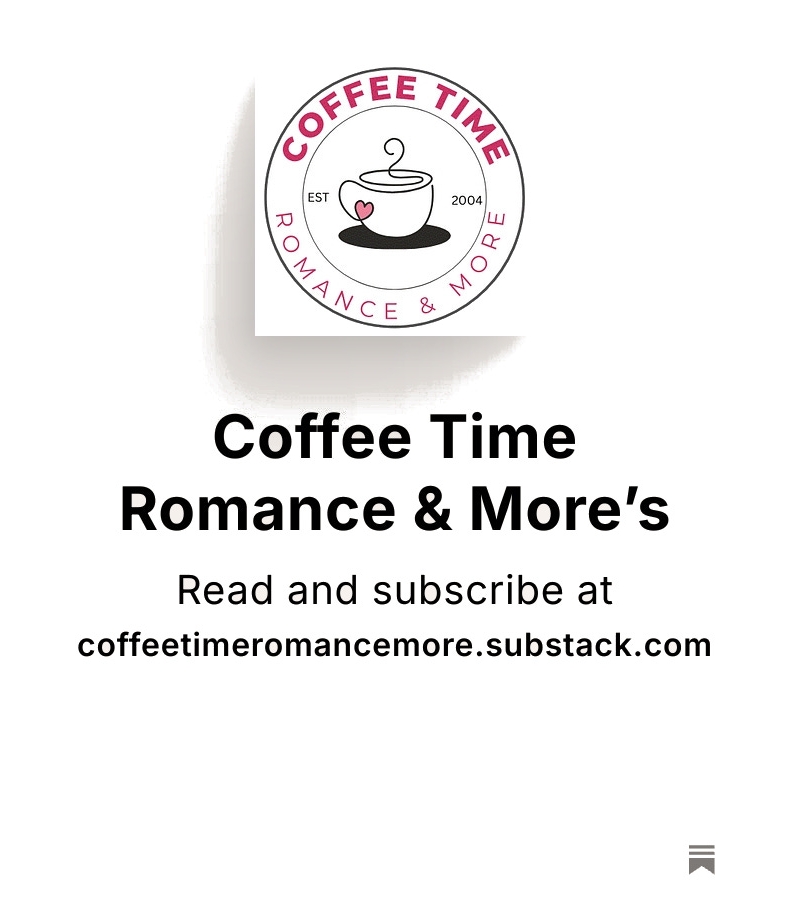Engaging Your Readers
As an author, you excel at weaving narratives that captivate your readers. But have you thought about applying those storytelling techniques to your newsletter? Your newsletter is not just a way to share updates; it’s a powerful tool to engage your audience, build a community, and stir up excitement for your work. In this blog post, we’ll explore how to harness your storytelling skills to transform your newsletter from a simple communication tool into an immersive experience for your readers.
1. Weave in Anecdotes
Anecdotes are short, personal stories that can provide insight, humor, or context. Start including your experiences as an author—perhaps a tale about a quirky interaction with a reader, a humorous mishap during your writing process, or an inspiring moment in your writing journey. These anecdotes draw readers in and make them feel more connected to you as a person.
Tip: Keep your anecdotes relatable. A story about a day you struggled to find inspiration can resonate with fellow writers and readers alike.
2. Experiment with Serialized Content
Serialized storytelling is an engaging way to keep your audience coming back for more. Consider crafting a story that unfolds over several newsletters, incorporating a new chapter or segment each time. This not only builds anticipation but also fosters a community of interested readers.
Idea: Allow readers to vote on potential plot twists, character decisions, or story paths. This interactive element adds a layer of engagement that traditional newsletters lack.
3. Share Personal Reflections
Every author has a journey filled with highs and lows. Sharing your struggles and triumphs as a writer—whether it’s overcoming writer’s block, achieving a milestone, or learning a new craft technique—can resonate with your audience. Personal reflections offer your readers a glimpse behind the curtain, making them feel more invested in your journey and your work.
Tip: Consider writing a “reflection” section in your newsletter where you share lessons learned or thoughts on the writing process. This transparency creates a relatable touchpoint for your readers.
4. Employ Vivid Imagery and Emotion
As an author, you already possess a vivid imagination. Use descriptive language and emotional depth to illustrate updates or announcements. Rather than announcing a new book release, paint a picture of the writing process. Reveal inspiration behind the book, and emotions you experienced creating it.
Example: Instead of, “My new book is being released on May 1st,” try, “On May 1st, I invite you to embark on a journey filled with unexpected twists and heartfelt moments—moments that challenged me as much as they will challenge you as readers.”
5. Create Themed Issues
Consider dedicating entire issues of your newsletter to specific themes related to your writing. This could range from diving deep into a specific character’s backstory to exploring the setting of your latest book. You can share exclusive content, character sketches, or even fun trivia related to those themes, making your newsletter feel like an event rather than a standard update.
Note: Themed issues also provide the opportunity to tie in an interactive element, such as a writing prompt for readers that corresponds with the theme, allowing them to engage creatively with the topic.
6. Foster a Sense of Community
Finally, use your storytelling skills to create a sense of belonging among your readers. You can do this by sharing reader stories, responding to reader questions with anecdotal answers, or even featuring guest contributors from your audience. This transforms your newsletter into a collaborative space—a community where readers feel they are an integral part of your storytelling journey.
Engagement Idea: Encourage readers to share their own experiences or anecdotes, and feature a ‘Reader Spotlight’ where you highlight their stories and contributions. It could be seasonal (quarterly), monthly, or each edition.
Conclusion
Your newsletter can be more than just a way to announce your latest book or upcoming events; it can serve as a dynamic platform for storytelling. By incorporating anecdotes, serialized content, personal reflections, and other storytelling techniques, you can create a newsletter that engages, entertains, and connects with your readers.
Transform your newsletters into compelling literary experiences and watch as your audience grows. Now, bring your narrative skills to the forefront of your communication. Your readers are eager for the stories you have yet to tell. Happy writing!
 About the Author
About the Author
Kayelle Allen is the founder of Marketing for Romance Writers, an IO group dedicated to authors helping authors promote and learn. She’s the author of over twenty books, and from her comfy ergonomic office chair, Kayelle Allen forges the very fabric of her story universe using only the tips of her fingers and her powerful imagination. Her passion is to create both commissioned and original art, employ extensive worldbuilding with inventive behind-the-scenes peeks, and write tightly woven tales. Explore an entire universe of stories and tour the Empire at https://kayelleallen.com







Leave a Comment